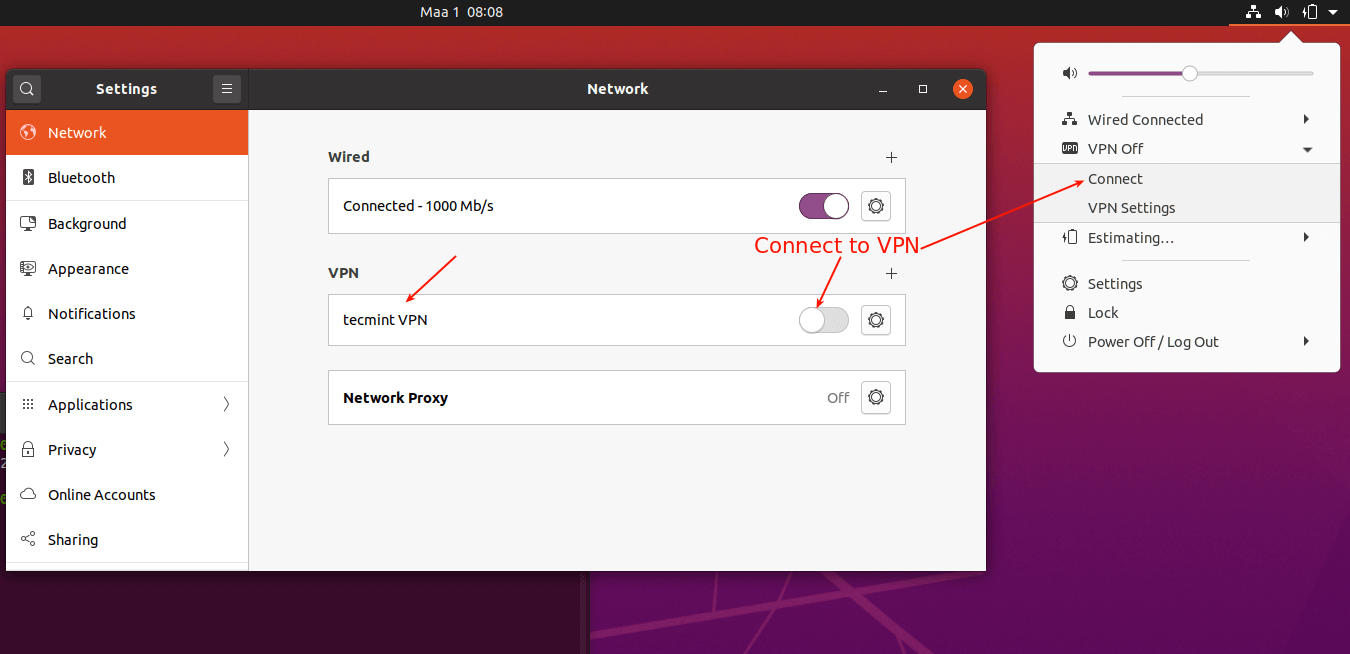

profile file to remove the log file every time you log in. So here is the tricky part: let’s create a simple log file to check whether launcher should run every time you open up a terminal window. profile run as sudo, so the launcher is going to get stuck. Mobile Access Software Blade on the Security Gateway. Check Point Mobile for Android is ideal for mobile workers who have Android devices. It supplies secure connectivity and access to web-based corporate resources and Exchange ActiveSync.

Actually, we only want to run it once when you log in, right? So why don’t we simply run it inside. Check Point Mobile for Android is an SSL VPN client. bashrc file, so every time you open up a terminal it’s going to run with your user normal permissions. Now we’re going to do a little trick to make it start automatically without sudo: run it inside the. You must uncheck it because every time you let it run automatically it’s going to be run as sudo, which means it’s going to get stuck. Extensive working experience on Switching (VLANs, STP, VTP, Ether channels, HSRP), WAN(Frame Relay, IPSec, VPNs, MPLS), VOIP, QoS. All it does is running the launcher executable file in /usr/bin/cshell/. Experience with convert Checkpoint VPN rules over to teh Cisco ASA solution. You should be able to see one of them called cshell with a marked checkbox. It's up to you which one is cheaper and efficient.You need to disable one of your system’s startup applications. But still need to put a budget and effort for preparing such gateway though. No need to migrate all Linux users to use Windows or Mac. Just need a dedicated (Linux) server running Windows VM (or a Windows PC is also OK I think) to connect to CheckPoint VPN, and other Linux users just need to use it as the gateway (using the port forwarding). No need for single Linux users to connect to CheckPoint individually. Check Point VPN Client On Centos: YouNix: Linux - Software: 1: 10-15-2010 03:38 PM: Our point to point Cisco VPN keeps going down. And finally configure port forwarding (iptables, using Webmin) in the Linux host to allow other (Linux) users in the same network as the Linux server for accessing the remote node via Windows VM.Configure Windows firewall to allow port being accessed from Linux host (or you can disable the Windows firewall completely).use task scheduler to run SSH to create port forwarding between Windows localhost with remote server whenever the VPN was up.Install ssh client inside the Windows and create a batch file to:.Install latest version of CheckPoint app and configure the settings for using the passport authentication method.Running a Linux server with GUI environment, I installed Windows OS in a KVM (virtual machine).Until now I also couldn't find the solution (using snx) yet.īut here is what I did to resolve the issue. Icmp Vpn, Openvpnsever Ubuntu, Ipvanish Multiple Connections. I used to connect to CheckPoint VPN using snx inside a docker, but then it is useless due to passport integration.


 0 kommentar(er)
0 kommentar(er)
